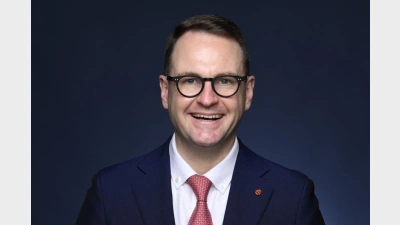Super gender gap shrinking for all ages: Roy Morgan


The superannuation gap between women and men for both ownership levels and average balances has shrunk “considerably” over the last decade, going from a gap of 9.1 percentage points in 2008 to 4.3 percentage points now.
Roy Morgan’s latest Single Source Survey found that the gap closed for all female age groups, with the biggest gain coming from the 50 – 59 female group which went from having just 54.5 per cent of the male average in 2008 to 69.7 per cent in 2018.
The research company pinned at least part of this progress on publicity given to this issue of superannuation inequity since 2008, but warned that women still face barriers in achieving equity in retirement.
“Despite real gains in employment for women over the last decade, they still lag men in terms of full time employment and as a consequence a greater proportion of women are in part time work with its associated lower annual income,” Roy Morgan industry communications director, Norman Morris, said.
“This contributes to average incomes of only around 75 per cent of the male average, which in turn leads to lower superannuation contributions and balances compared to males.
“In addition to problems associated with lower average incomes, females are more likely to have interrupted employment … Despite these negative factors operating against them, women have made gains in closing the superannuation gap to men.”
Morris also cautioned that superannuation was unlikely to form sufficient retirement income alone for any gender.
Recommended for you
Future Group is set to take on nearly $1 billion in funds under management (FUM) and welcome more than 100,000 new members following two significant successor fund transfers.
Insignia’s Master Trust business suffered a 1.9 per cent dip in FUA in the third quarter, amid total net outflows of $1.8 billion.
While the Liberal senator has accused super funds of locking everyday Australians out of the housing market, industry advocates say the Coalition’s policy would only push home ownership further out of reach.
Australia’s largest superannuation fund has confirmed all members who had funds stolen during the recent cyber fraud crime have been reimbursed.












